Fashion and freedom in Daniele Tamagni's photos of Congolese dandies and Botswana metalheads
Milan Fashion Week recently ended, which behind the firepower of marketing brings with it some controversy but also interesting debates on how much this seemingly ephemeral world is founded on an ancient need for social affirmation. And so, it is worth a small detour from the Via Montenapoleone windows to Palazzo Morando - Costume Moda Immagine, where the exhibition Daniele Tamagni. Style is Life allows us to discover a photographer who prematurely passed away in 2017 at the age of 42, winner of prestigious international awards, such as the Canon Young Photographer Award in 2007, the ICP Infinity Award in 2010 and the World Press Photo Award in 2011, and through his gaze the places where fashion has been, and still is, truly a symbol of social commitment and affirmation.
Curated by Aïda Muluneh and Chiara Bardelli Nonino, promoted and organized by the Daniele Tamagni Foundation in collaboration with the City of Milan, this is the photographer’s first major retrospective. Fashion is the subject of his research, not that of the collections of the great maisons, but the very act of dressing oneself and with that affirming one’s role in the world. As Chiara Bardelli Nonino, co-curator of the exhibition, tells us, “Daniele had been attracted to fashion from the very beginning, but in a declination for which the brands and fashion weeks of the time were not ready. He wanted to understand and photograph style, particularly that moment when taste from radically personal turns into a gesture, and willingly into a message, intended for others.”
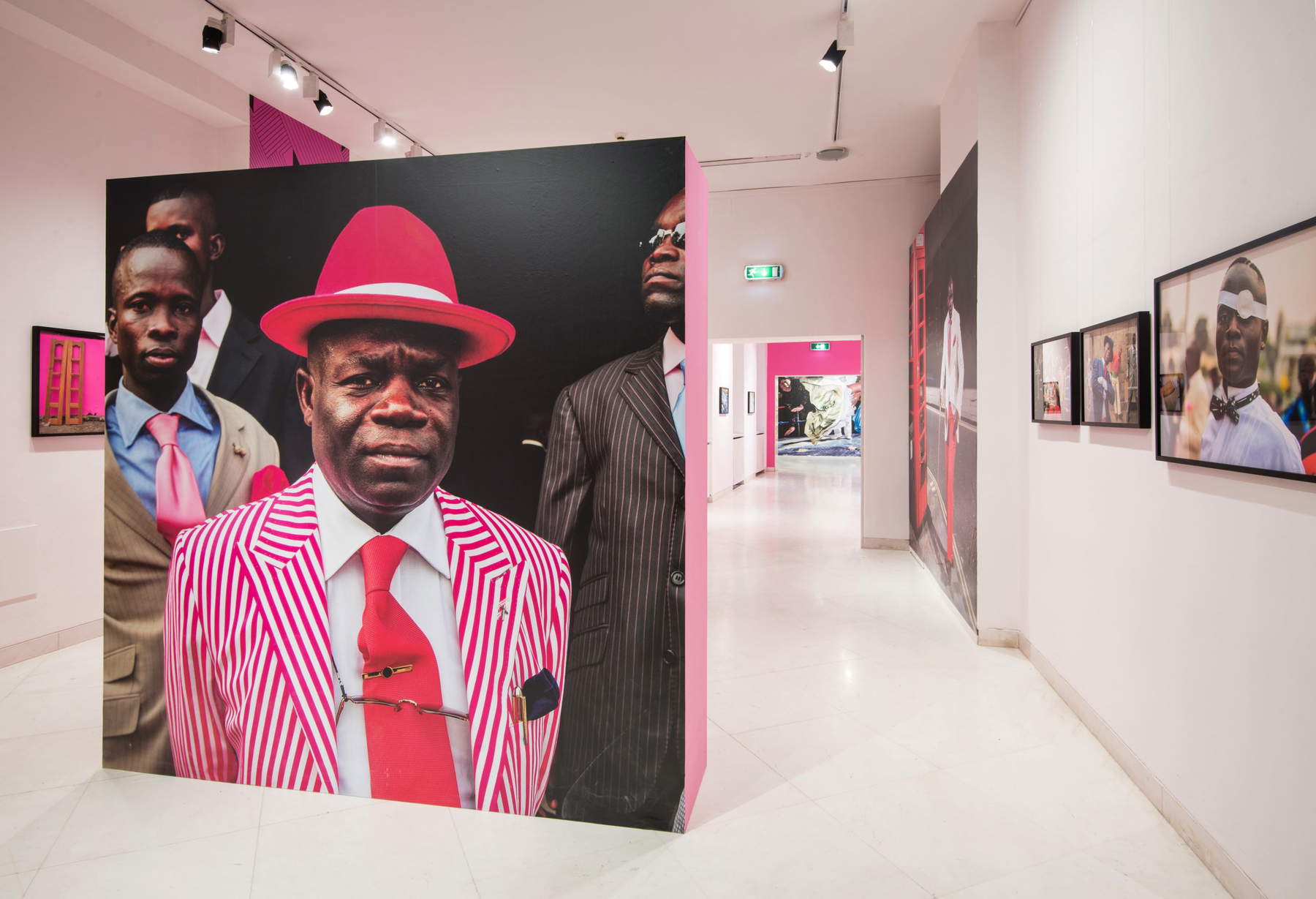
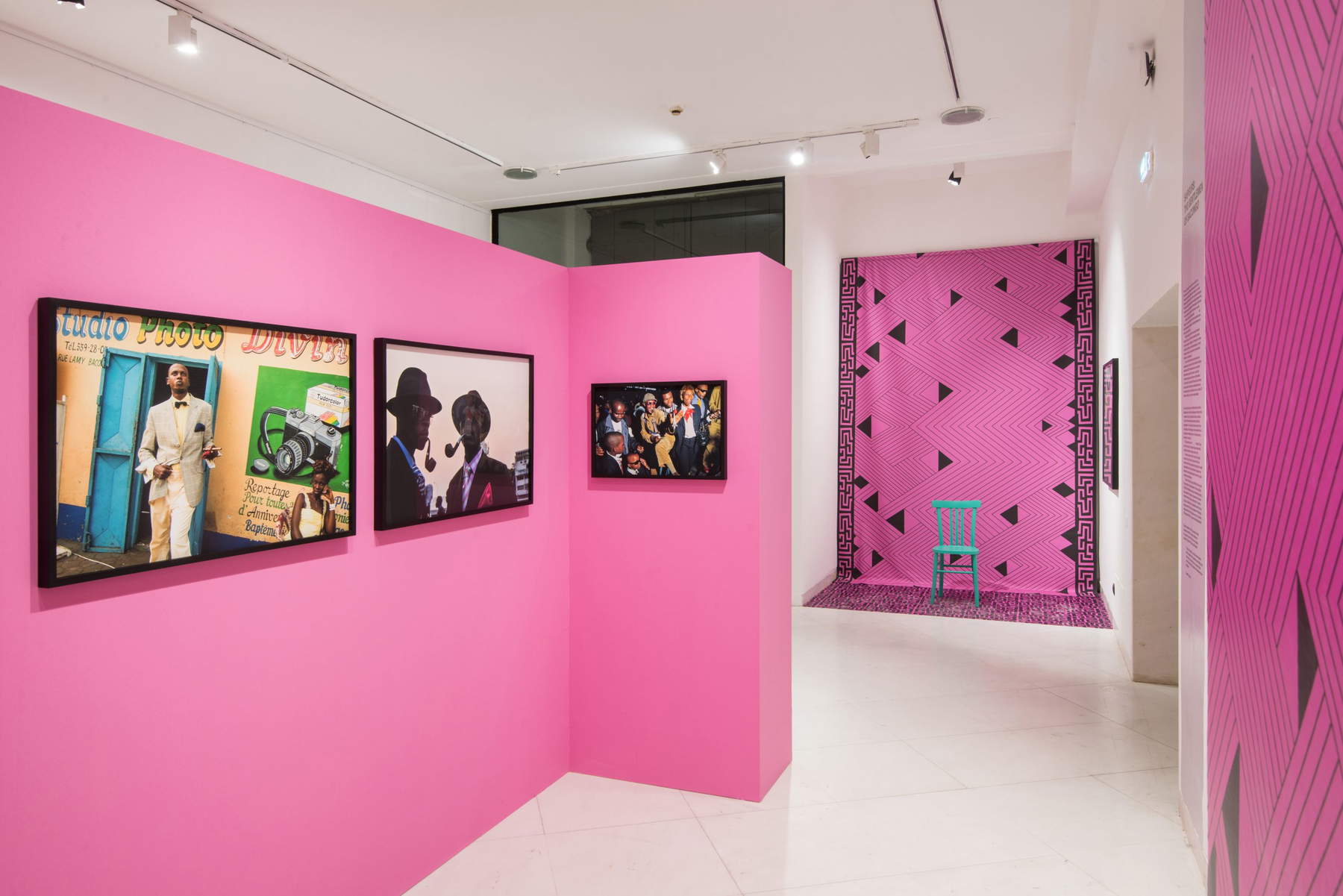
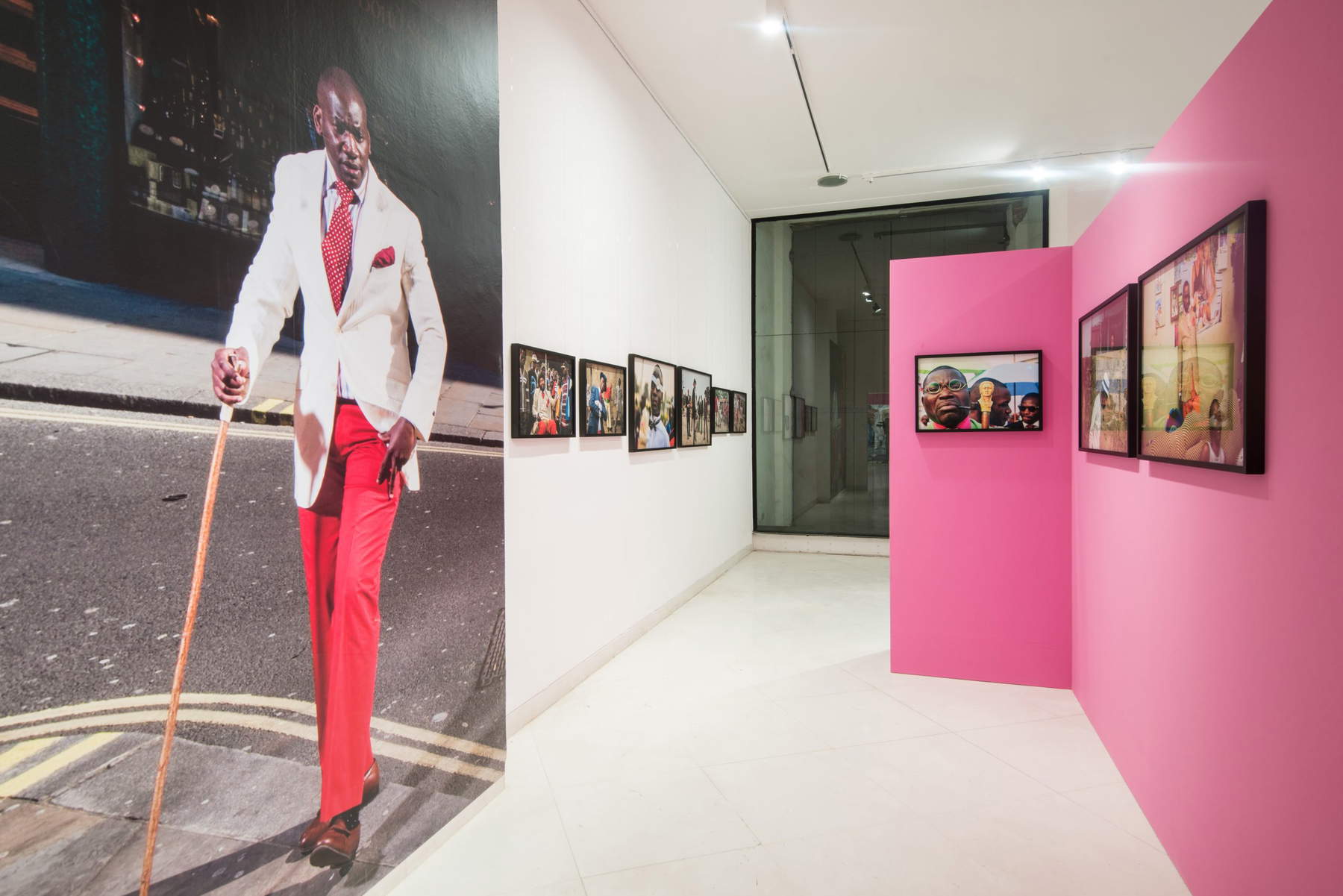
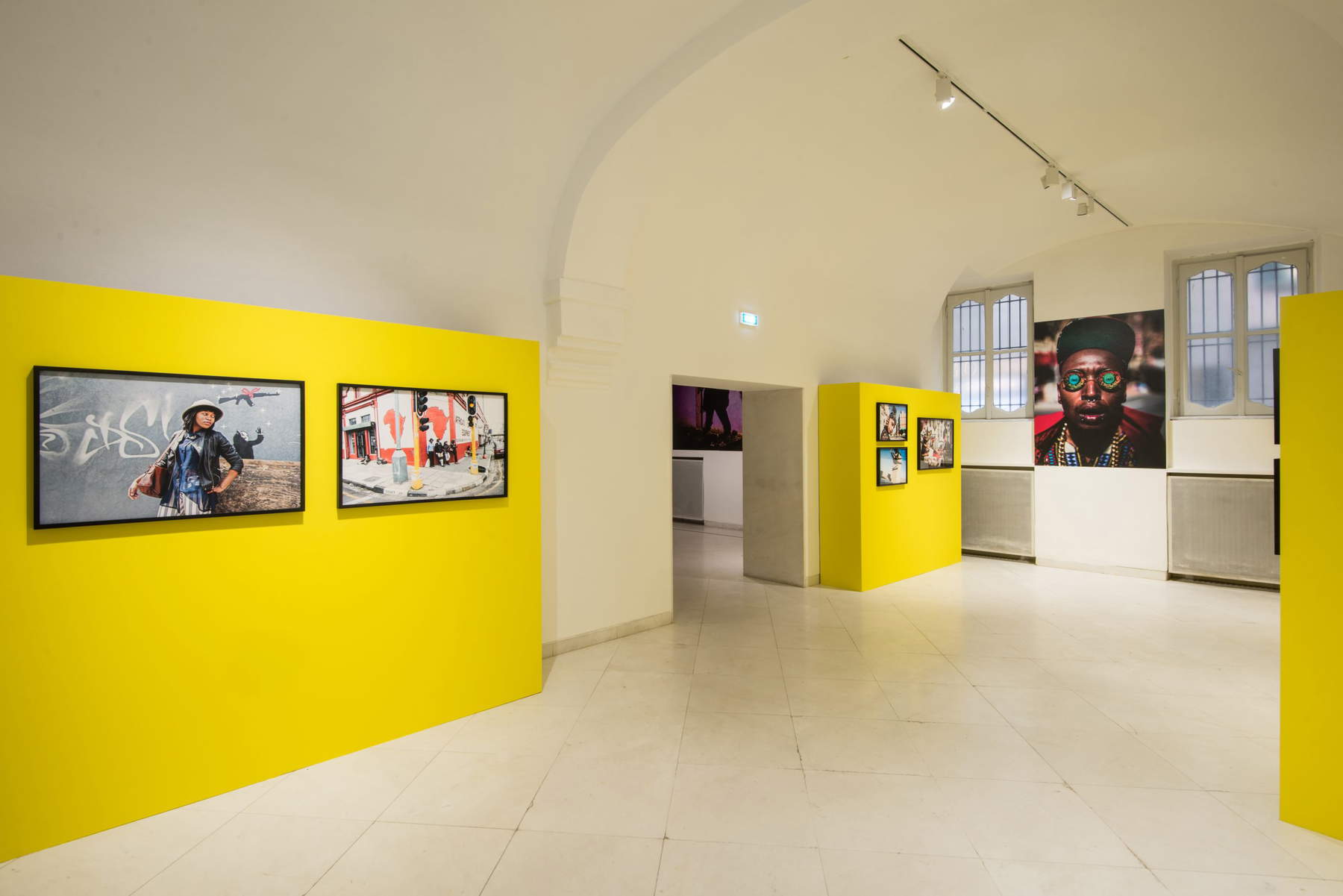
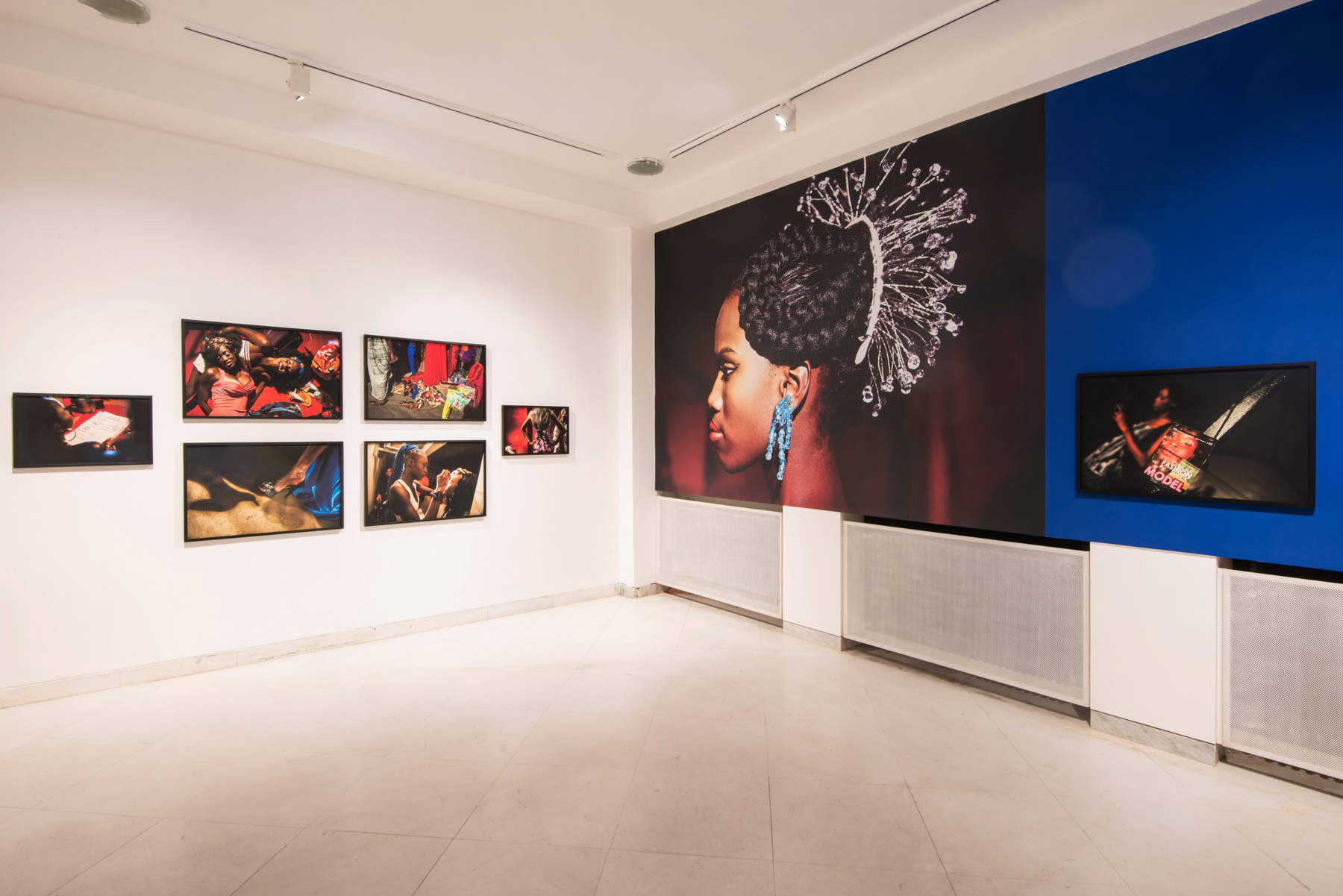
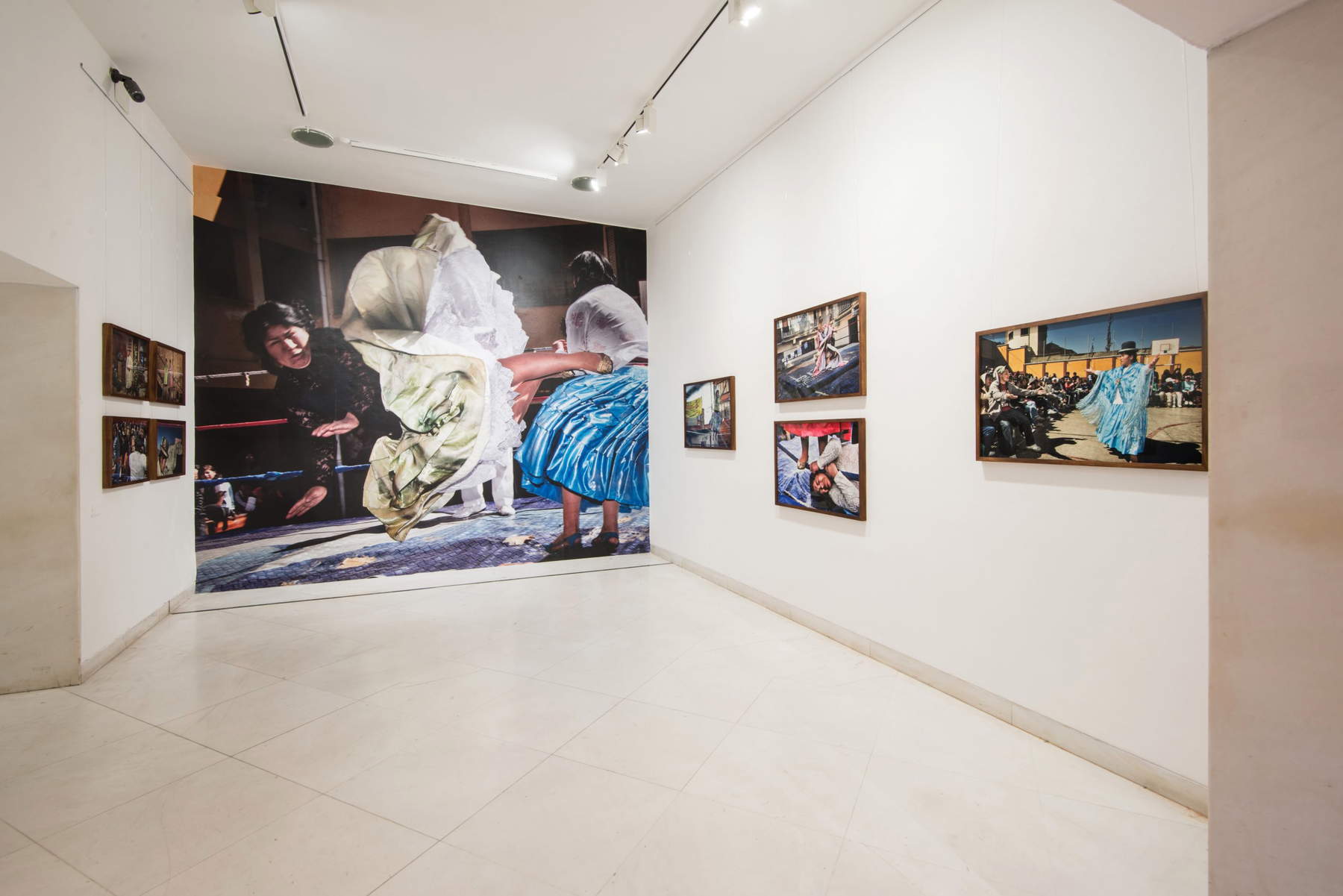
The world featured in the photos is often that of communities still on the margins of globalization. The most symbolic project of Tamagni’s research is the one chronicling the “dandies” of Bacongo, a neighborhood of Brazzaville in the Republic of Congo, published in 2009 by Trolley Books under the title “Gentlemen of Bacongo.” Since the early twentieth century, the Congolese sapeurs movement (whose name comes from SAPE - Society of Entertainers and Elegant People), had reinterpreted the style of the French colonizers, performing within their communities in performances in which ostentation, luxury and refinement became tools of cultural resistance. This resistance emerges in Tamagni’s photos with an infectious energy, thanks to a palette of vivid colors, rich details and accessories that capture the imagination. They convey with overwhelming force a full joie de vivre, capable of transcending the boundaries of the context, history and social situation in which they were captured. Each photo is a bold affirmation of life, an ode to human strength and the inherent beauty of existence, so strong that it convinced British fashion designer Paul Smith to draw inspiration from the photographs in the book to design his 2010 spring-summer collection.
The exhibition continues with the Botswana metalheads, a 2012 project at a time when the afrometal movement was at its peak. Hosted by a heavy metal band, Tamagni recounts their style, accessories and instruments, with a skillful play of light and contrasts, and leads us to a “dark African” imagery.
Completely in contrast, in terms of richness of color, are the portraits of the Bolivian female wrestling community, known as “pollera” because of the wide, multicolored skirts that harken back to traditional clothing rather than technical fighting attire. It is a symbolic choice that challenges the traditional division of gender roles by advancing, including through wrestling, concrete forms of women’s empowerment on a social and political level. It is amazing how Tamagni has managed to photograph the harshness of fighting, and return a sense of lightness and liberation that seems to contradict gravity itself; it is not for nothing that he won the World Press Photo with this project.
These are all communities for whom “style is life,” as the title of the exhibition states, which in Daniele Tamagni’s photos show the pride of hard-won freedom, in which style becomes a symbol of sharing a project, a battle, a new identity, often not yet codified by society, and for this reason that it must be demonstrated in an excessive way. Style thus becomes a political, subversive act. Yet, Tamagni’s photographs to our eyes accustomed to fiction look like the advertising pages of a glossy magazine. The elements are all there: sophisticated outfits, the posing, the richness of color. The only difference is that the stories he tells her are real, not sets. His innovative look has combined photojournalism, street photography and fashion photography together in a unique style.
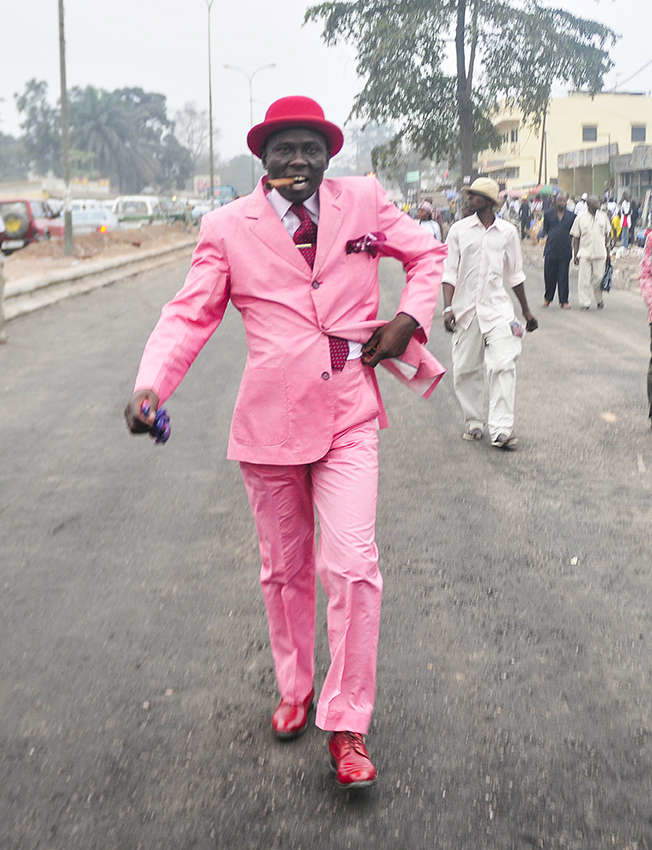
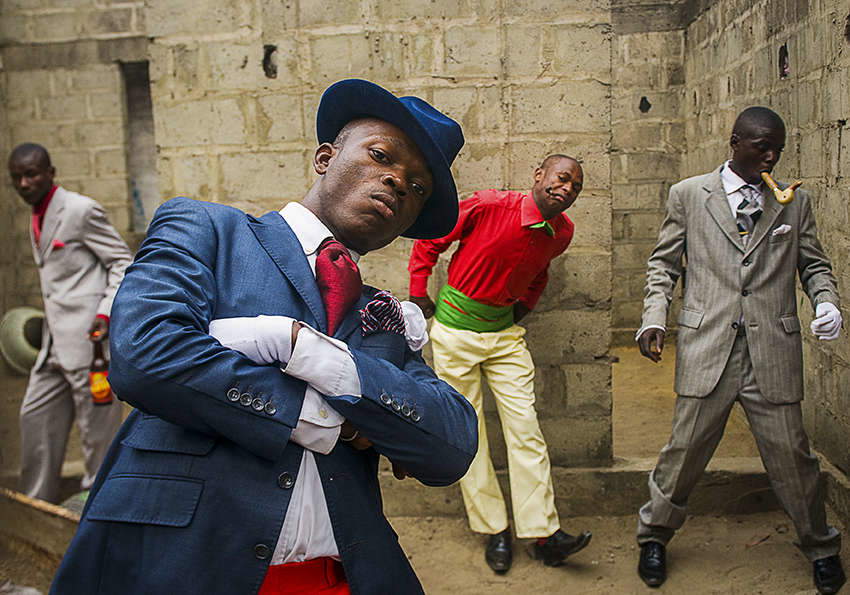
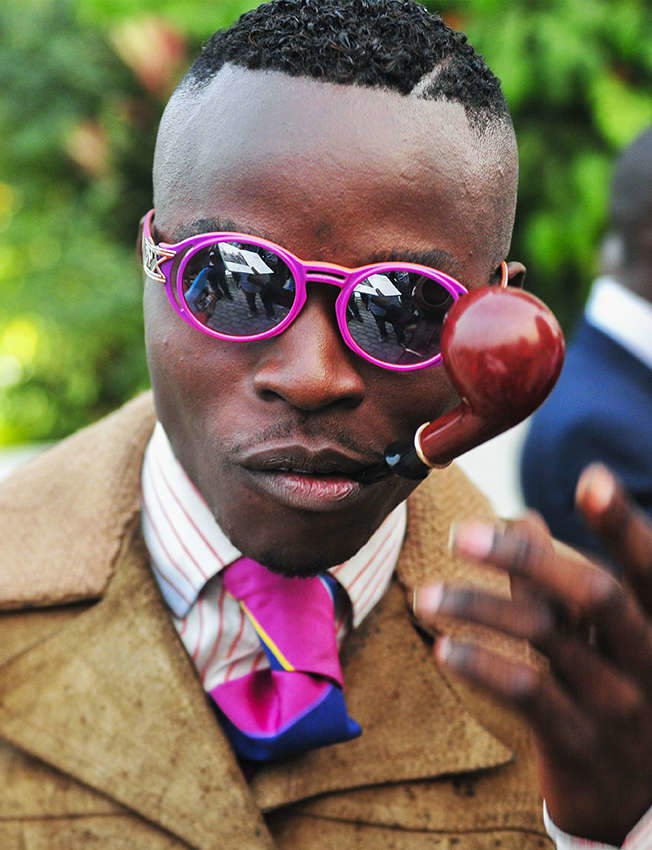
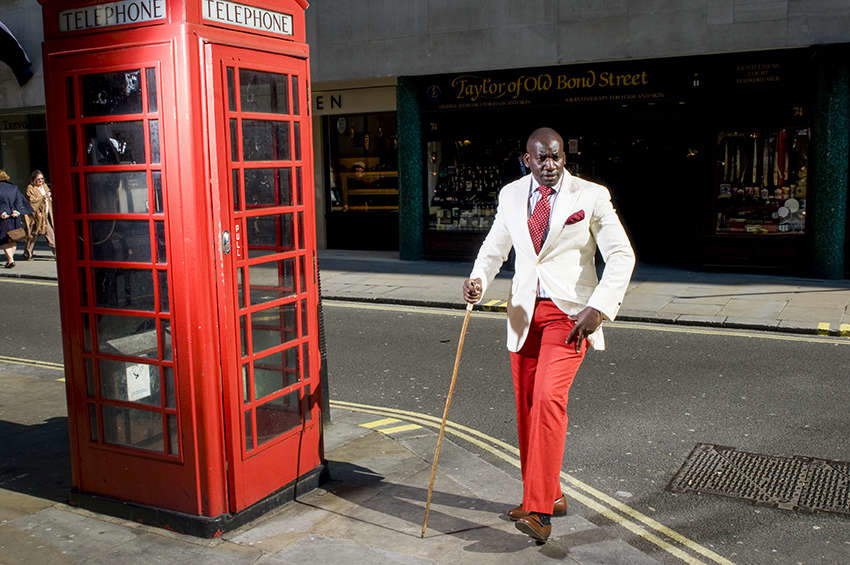
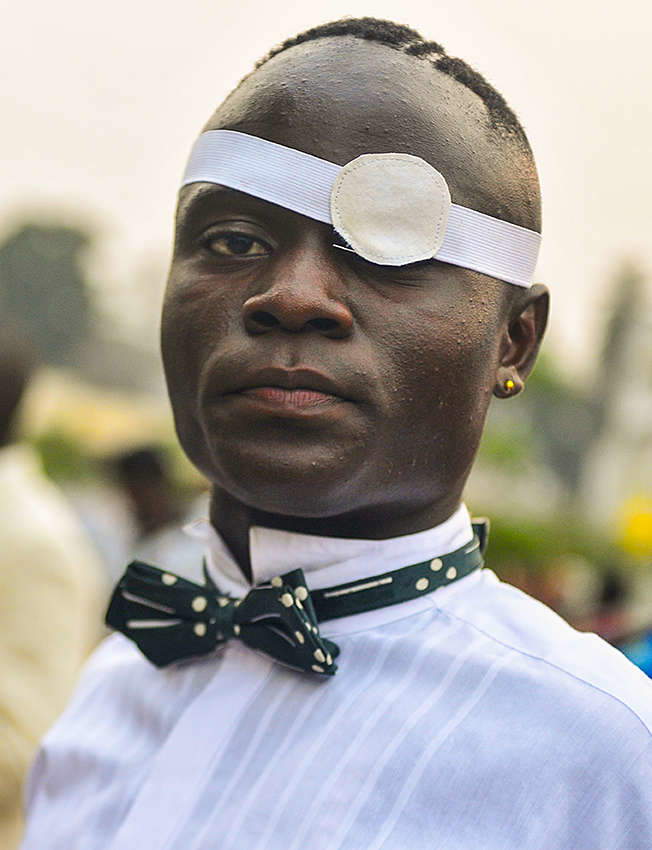
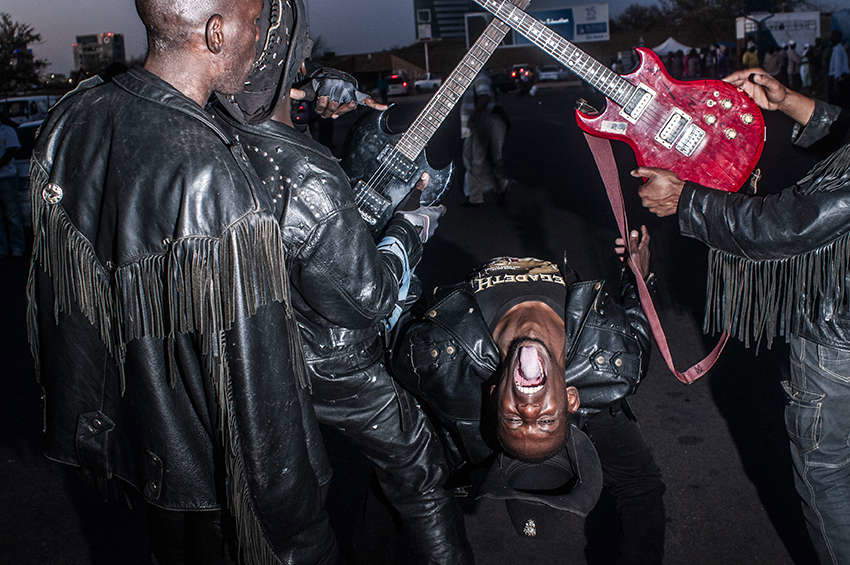
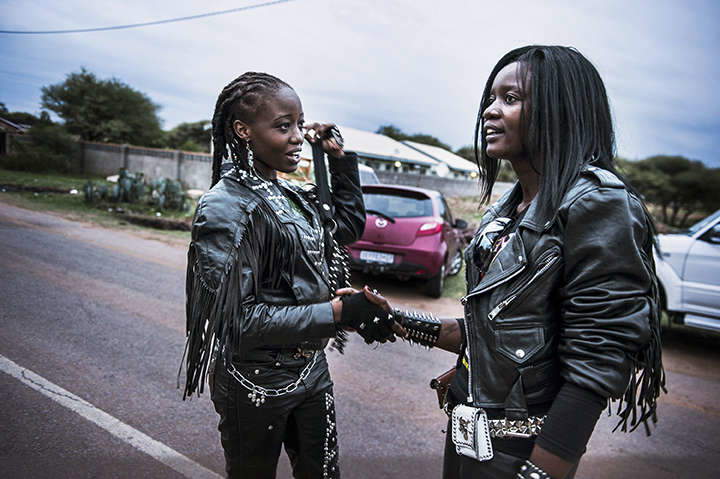
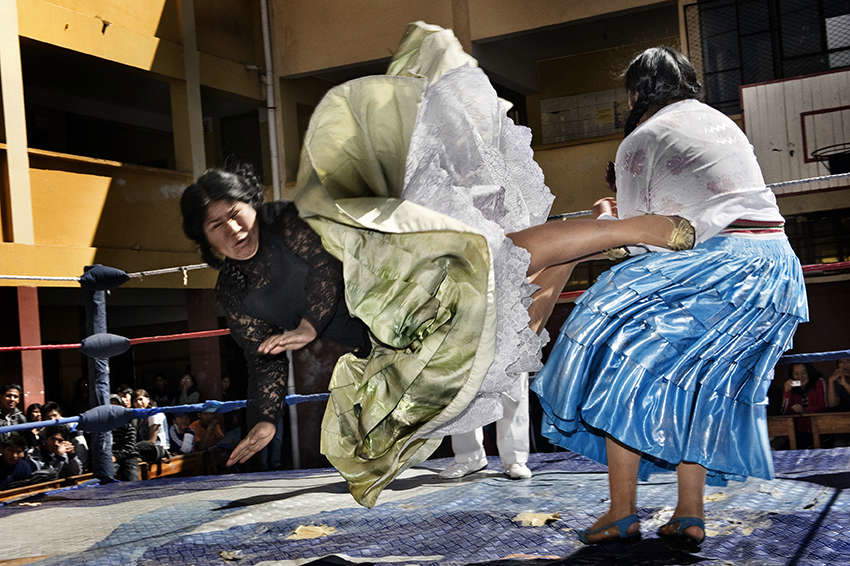
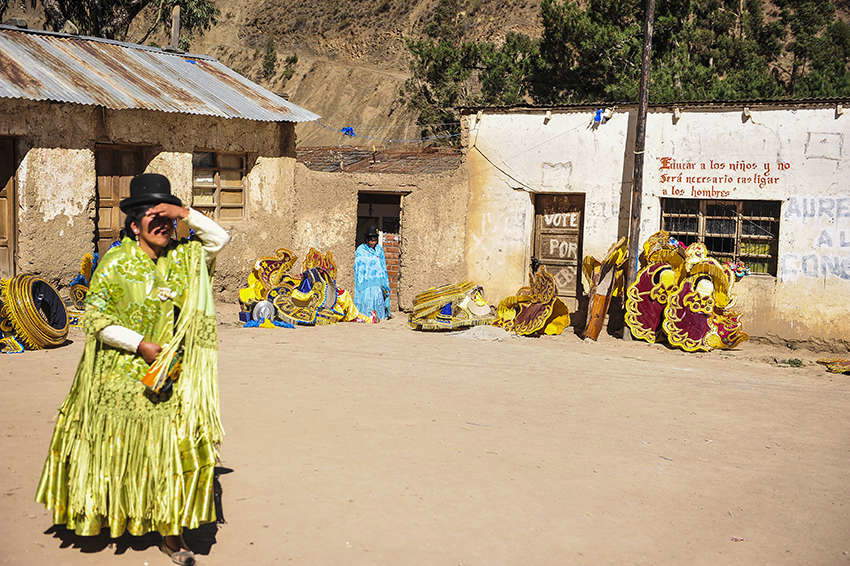
And, indeed, street photography is the declination of the project with Johannesburg’s young urban crews originating in a highly repressive political context. With his 2012 Joburg Style Battles photographs, Tamagni documents a diverse and vital scene between style and performance, populated by dance crews like the Vintage, and subcultures like the Smarteez.
The shots reveal an original taste in the choice of protagonists and the ability to approach the complexity of their stories and return them in the looks that inevitably attract the viewer. What makes these images even more extraordinary is their courage, that which shines through the faces of the subjects photographed, reflecting their stories of strength and determination, but which also belongs to the photographer himself, who dared to discover Africa at a time when the continent was still little discussed.
“Daniele,” points out co-curator Aïda Muluneh, “embarked on a mission to show how rich the African continent is in terms of diversity and stories not yet told, he deliberately focused on individuals on the margins of societyÌ€ those who defy norms, prioritizing self-affirmation over the approval of others, those who pave the way for their own unique journeys. In my opinion, he has chosen narratives that are closely aligned with his heart and life path.”
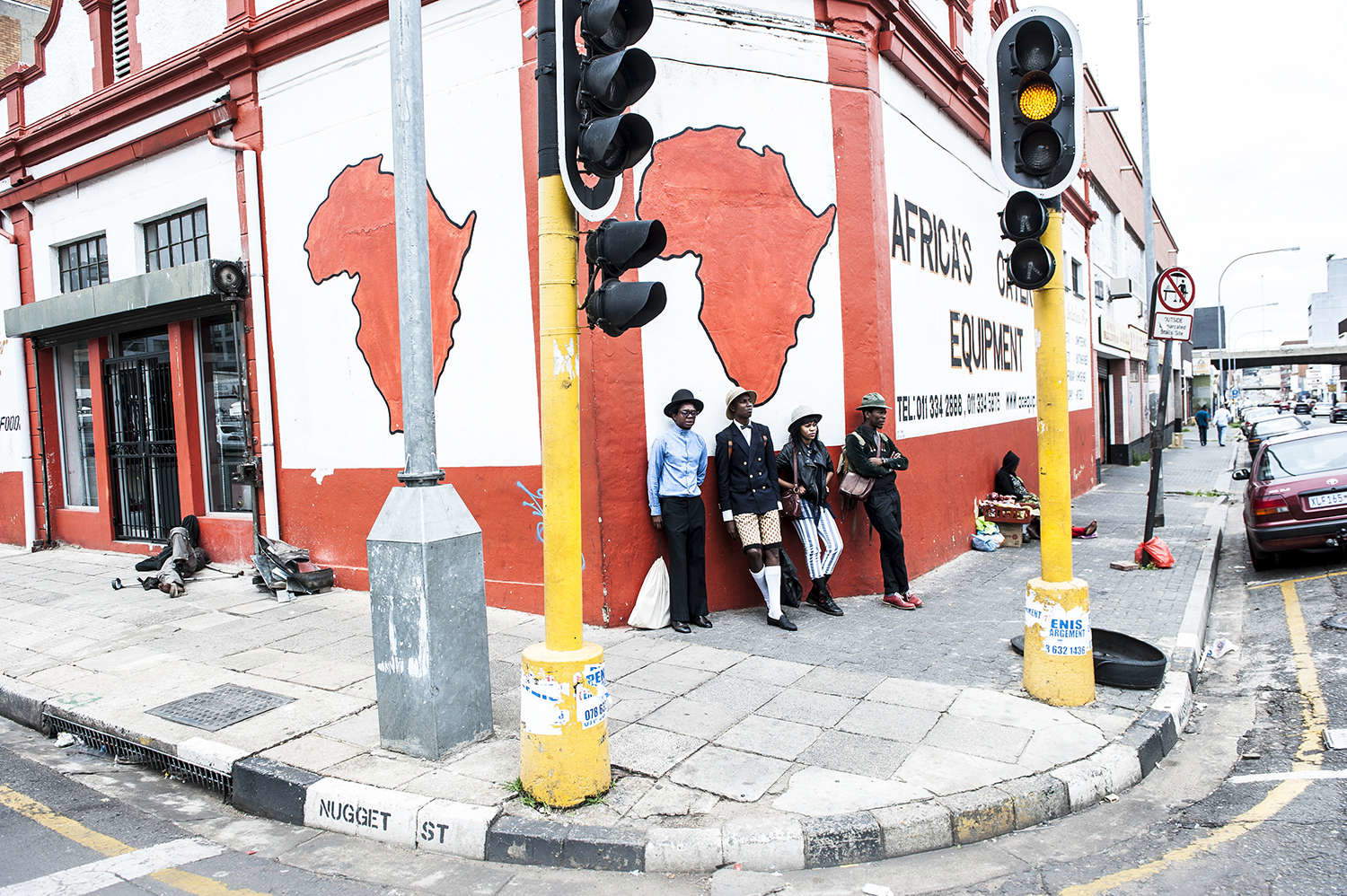
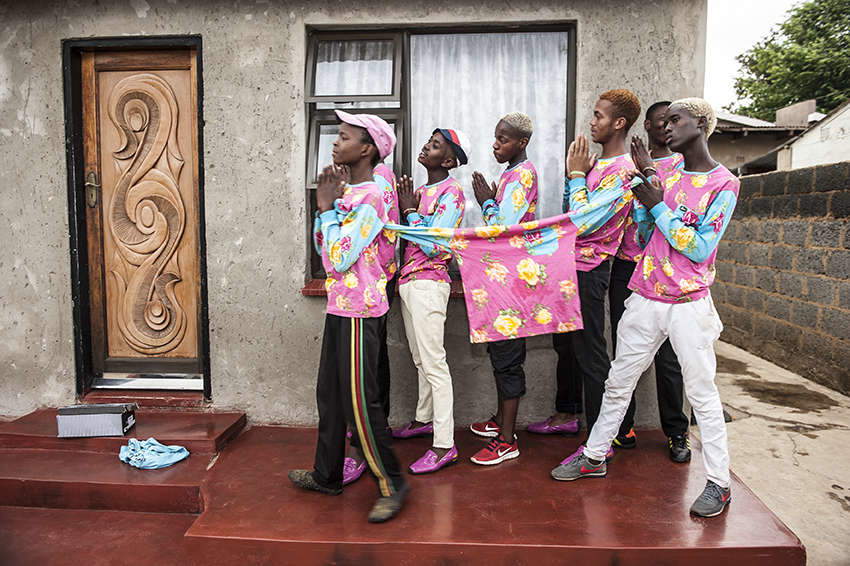
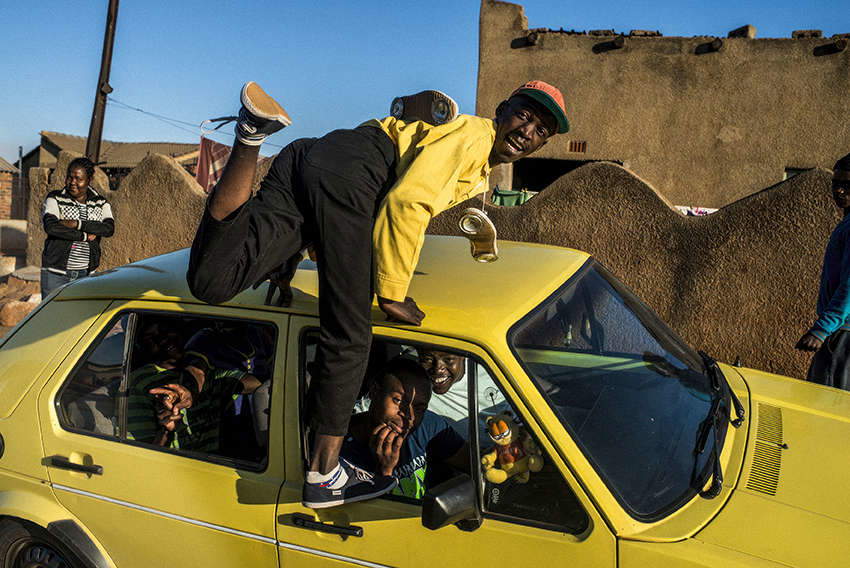
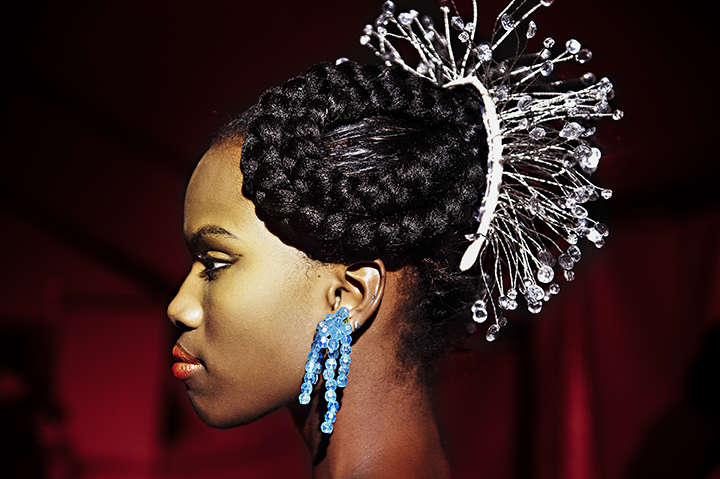
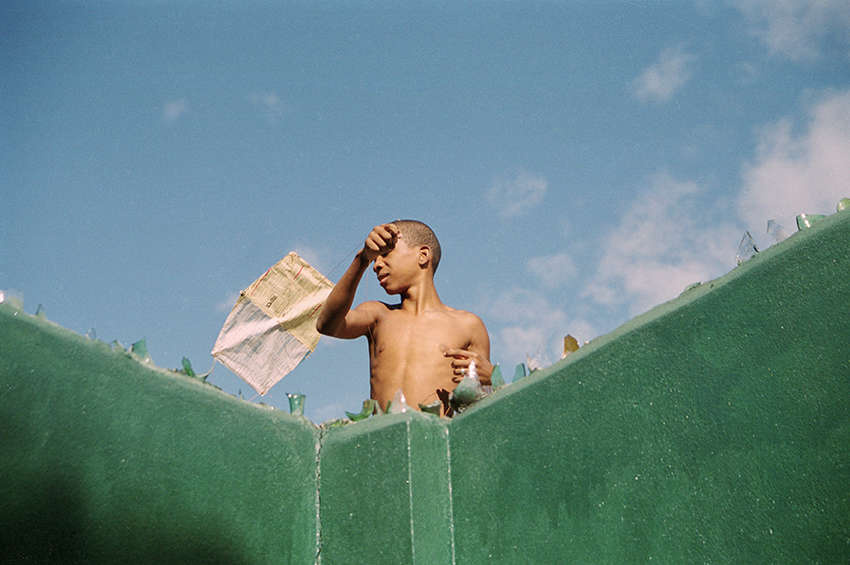
The exhibition is accompanied by a book, Style Is Life, which, in addition to the photos, collects exclusive contributions from friends, gallery owners, academics, photographers, and journalists, such as Alessia Glaviano, head of Global PhotoVogue: “Daniele Tamagni was special. He was definitely a nonconformist, an eccentric type, difficult to understand, but capable of magically transforming himself when, with his inseparable life companion, the camera, he identified the most original and unexpected stories together with their even more original protagonists, to make them the subject of his photographs. Always on the edge of surreal and serious irony, Tamagni possessed the gift of wonder and amazement.”
Closing the volume is a lengthy interview of his father Giordano Tamagni - elaborated with great sensitivity by writer Angelo Ferracuti - who emphasizes his son’s vulnerability and courage in tackling as a self-taught photographer a career hampered by precarious health conditions: “Today Daniele’s legacy can be found in the museums that have acquired his most iconic images, including LACMA in Los Angeles, the Fine Art Museum in Houston, the Museum of Contemporary Photography in Chicago... as well as being represented by the Daniele Tamagni Grant, which awards a scholarship to attend the annual master’s program in photojournalism at the Market Photo Workshop in Johannesburg, the prestigious school founded by the great South African photographer David Goldblatt to provide youth of color discriminated against by apartheid.” It is to this prize that the last section of the exhibition is dedicated, featuring the work of the first three winners.
But this exhibition is first and foremost a tribute, to Daniele Tamagni, to his path interrupted too soon; tribute - in the sense of gift - to the city of Milan and to those who wish to visit it, free of charge, until April 1, 2024; tribute, finally, to those who courageously defend their freedom, even through the image with which they present themselves to the world. As New York University academic Deborah Willis writes about Daniele Tamagni, “his photographs exemplify resistance, not only depicting style as a statement of personal liberation, but also and above all as a political form focused on freedom.”
Warning: the translation into English of the original Italian article was created using automatic tools. We undertake to review all articles, but we do not guarantee the total absence of inaccuracies in the translation due to the program. You can find the original by clicking on the ITA button. If you find any mistake,please contact us.



























